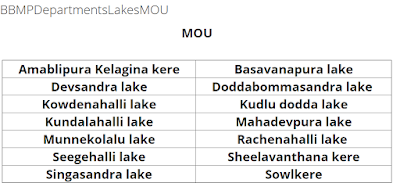We met with Mr. Kumar Swamy, the Assistant Director of Fisheries (North) at the Department of Fisheries and with Dr. Rajanna K.B, an Assistant Professor at Karnataka Veterinary, Animal and Fisheries Sciences University (KVAFSU) at FRIC Hebbal. They were really helpful, and helped us better understand the roles their respective. The contact information and department roles of both the departments are given below.
The Department of Fisheries
1st floor, Matsyadarshini, Cubbon Park Road, Near Vidhana Soudha, KR Circle, Bengaluru 560001
Phone: 080-2235-5129
Email: dof-blr-ka@nic.in
Role:
- In charge of giving fishing rights by lease/ tender-cum-auction
- Produces and supplies quality fish seed for aquaculture
- Conducts training programs for fishermen
- Provides subsidies for purchase of fish seeds, fish marketing equipment,
- Supplies fisheries requisite kits
- Engaged with the Fishermen Cooperative Society Has a distress relief fund for fishermen
Fisheries Research and Information Center (FRIC)
There are two centers in Bangalore, one in Hebbal and the other in Hesaraghatta, the role of the centers and contact information of both the centers are given below.
(1) FRIC Hebbal
Address: 10th Cross, Mayura Street, Papanna Layout, Hebbal Outer Ring Road, Bangalore 560094
Phone: 080-2351-6451
Email: fricihebbal@gmail.com
(2) FRIC Hesaraghatta
Address: 10th Cross, Mayura Street, Papanna Layout, Hebbal Outer Ring Road, Bangalore 560094
Phone: 080-2846-6244
Email: frichesa@gmail.com
Role:
- Provide soil and water testing services
- When approached by lake custodian, FRIC conducts study on fish kill
- Carryout research on genetics, breeding, nutrition, health, rearing practices and marking of inland fish/prawn species



